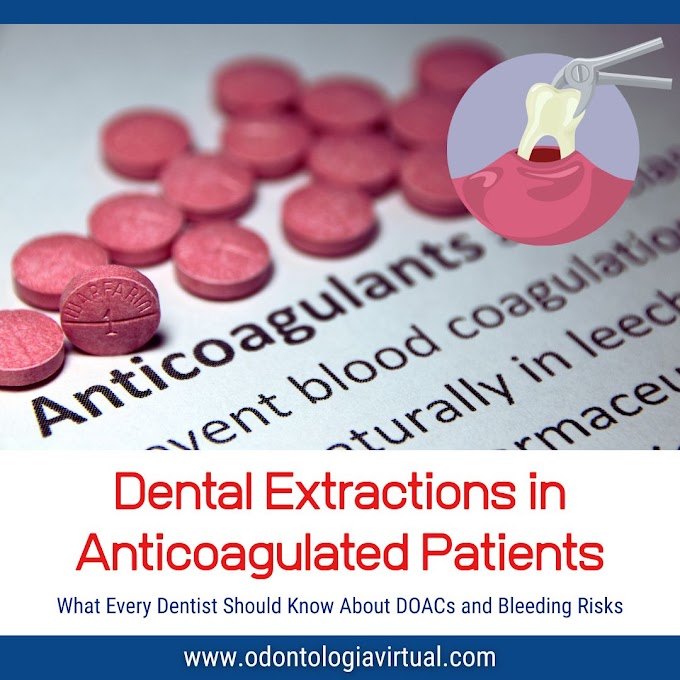Following administration of a local anaesthetic, a minority of patients may suffer one of a range of unwanted symptoms. Some of these symptoms can be mistaken for allergic reactions and patients may be unnecessarily told they are allergic to the anaesthetic.
Mislabelling of patients as allergic to local anaesthetics can lead to problems with patients unable to undergo routine dental treatment.
7 DENTAL ANESTHESIA BOOKS that every specialist must read. The following list of Dental Anesthesia books includes literature published since 2000. Professionals in this specialty have to read this collection of books.
Local anaesthetic agents can be categorised as amide (lidocaine, prilocaine, articaine, mepivacaine) or ester (benzocaine, cocaine, procaine, tetracaine). True allergy to an amide local anaesthetic is exceedingly rare.
Local anaesthetics of the ester type are more likely to produce allergic reactions as they are metabolised to para-aminobenzoic acid (PABA), which is an allergenic compound.
The only ester local anaesthetic used in dentistry is benzocaine, which is used in topical preparations applied prior to administration of local anaesthetic injections.
Allergy to one ester local anaesthetic contraindicates use of another ester, as metabolism of all esters yields PABA.
However, patients are less likely to show cross sensitivity to amide local anaesthetics as these are not metabolised to PABA, although it has been suggested that meta-xylene, present in some amide and ester local anaesthetics, could play a role in cases of cross sensitivity.
Allergy to one amide local anaesthetic does not contraindicate use of another amide local anaesthetic but it would be unwise to use another amide local anaesthetic without hypersensitivity testing. The least allergenic amide local anaesthetics are mepivacaine and plain prilocaine.












